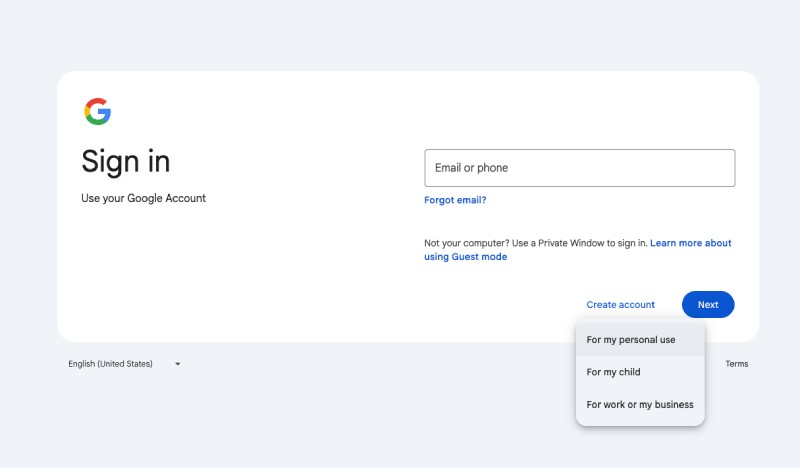
Choosing the right lead tracking platform can make a measurable difference in how effectively you attribute marketing efforts to real business outcomes. Two popular options, CallRail and WhatConverts, offer distinct feature sets that are customizable to different business needs.
Having a solid understanding of how they compare and contrast against one another can help clarify which one aligns best with your strategy and can set you on the path to success.
CallRail: Overview & Core Strengths
CallRail has positioned itself as a popular go-to solution for businesses that depend on phone call leads to drive sales. The platform focuses primarily on tracking and analyzing inbound calls, making it a good fit for service-based companies that rely on phones to connect with their potential customers.
Its core features include call recording, call analytics, and Dynamic Number Insertion (DNI), which links phone calls to specific online sessions or ad campaigns. CallRail also offers a basic layer of AI analysis through its Conversation Intelligence feature, which provides keyword and sentiment insights from recorded conversations.
For teams looking for straightforward, phone-centric lead tracking with quick setup and minimal configuration, CallRail meets the mark. Its simplicity appeals to businesses that don’t require tracking across other lead types like forms or chats.
WhatConverts: Overview & Core Strengths
WhatConverts stands out as an in-depth lead tracking and reporting solution, built to support modern marketing strategies that span multiple channels. It captures and attributes leads from phone calls, web forms, live chats, and ecommerce transactions, giving users a full view of all customer touchpoints.
Rather than focusing only on inbound calls, WhatConverts connects the entire marketing journey together, spanning from initial click to final conversion. With it, users can gain access to advanced reporting dashboards that are fully customizable. These reports help marketers evaluate performance across campaigns, platforms, and lead types.
Some important additional features, such as lead tagging, qualification, and CRM-style management, allow marketing teams to go beyond basic tracking and manage their lead pipeline directly within the platform. Ecommerce teams can also benefit from built-in purchase tracking, making WhatConverts a more versatile solution for businesses with varied lead sources.
Feature-by-Feature Comparison: CallRail vs WhatConverts
| Feature | CallRail | WhatConverts |
| Lead Types Tracked | Phone calls only (primarily) | Calls, forms, chats, sales |
| Campaign Attribution | Basic (for calls) | Full attribution across all sources |
| Customizable Reports | Limited | Highly customizable dashboards |
| CRM Features | Very limited | Built-in lead management and tagging |
| Ecommerce Integration | No | Yes |
| API / Integrations | Strong (but call-focused) | Strong, multi-source friendly |
| Pricing | Competitive for basic needs | Slightly higher, but deeper features |
Which Lead Tracking Platform Is Right For Your Business?

CallRail may be the right fit if your business relies heavily on inbound calls, and your lead tracking needs are fairly basic. If your primary concern is knowing where calls are coming from without digging too deep into performance metrics across other channels, CallRail offers a fast and affordable solution to utilize.
WhatConverts is better suited for businesses seeking more than call tracking. If you’re running campaigns across search, paid media, email, or social and want to see how all those efforts contribute to actual leads, this platform offers a more complete answer.
Marketing teams that need flexible, granular reporting to demonstrate value to leadership or fine-tune campaigns based on actual revenue will find WhatConverts especially helpful.
Why Advanced Lead Tracking Matters
Modern marketing strategies rarely rely on a single lead source. From SEO and PPC to social media, live chat, and even offline channels, customers now engage with brands in many ways before taking action.
Without the ability to capture and connect each of those interactions, it becomes difficult to tell which efforts are contributing to qualified leads and which are falling flat.
More advanced lead tracking can help reduce cost-per-qualified-lead by showing which campaigns actually convert, rather than just attract clicks or calls. Marketing directors and business owners use this kind of data to spend smarter, and it also allows them to scale winning campaigns faster while cutting spend on underperforming efforts.
For organizations that need to report marketing performance up the chain, being able to present accurate, channel-level attribution builds confidence and supports requests for increased or sustained investment.
Choose A Platform & Vendor That Grows With Your Business

At 321 Web Marketing, we integrate lead tracking systems such as CallRail and WhatConverts into our marketing strategies because we believe in full transparency and data-driven decision-making.
The ability to see where leads come from, how they behave, and which efforts drive sales helps our clients grow far more efficiently. Whether you’re seeking better reporting, multi-channel tracking, or deeper visibility into marketing ROI, we can help you identify and implement the right tools to match your business goals.
Think your lead data could be doing more for you? Contact 321 Web Marketing today to set up a consultation and strengthen your lead tracking approach.







